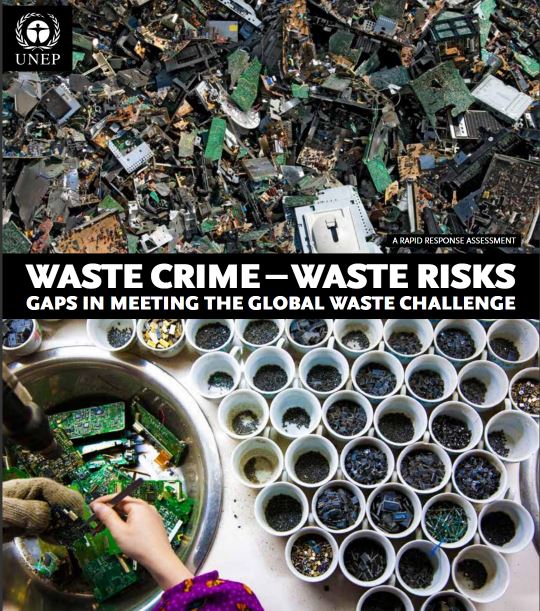This is a theme that - hopefully - runs deep in the tributaries and streams of consciousness throughout this blog... There is a limited amount of time and money to address the simultaneous and related emergencies of mass extinction, deforestation, climate change, toxic releases, and waste management.
We will be judged, and should be, based on how our generation uses its limited resources as judiciously and economically as possible. I started my environmental-spiritual aspirations with the premise that children yet to be born, whom I will never meet, and who will never know me, would judge all of us based on how we spend our time and resources, and whether we left them a better place, or a bigger mess.
Back when I was 17, I was thinking about how to direct my own career, spend my own life, as if I was personally going to be judged based on my own actions. Not that it was a bad place to start, but even then I was aware that my "shiny conscience" wouldn't matter much to a child born 500 years from now. If it did, I should have devoted myself to a Buddhist monastery, rather than to our society's collective resource conservation.
Let me propose that we will be judged, by future children or by the Singularity (AI), based on math... how much more sustainable was one rule or regulation over the free market. Primum non nocere - first, do no harm.



